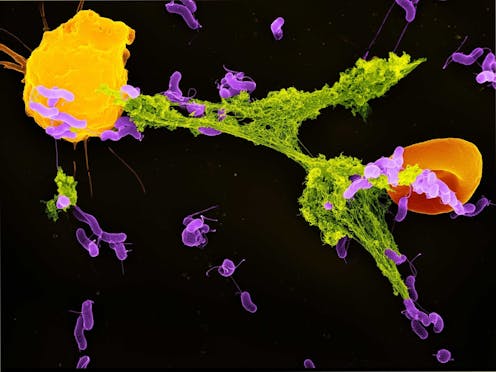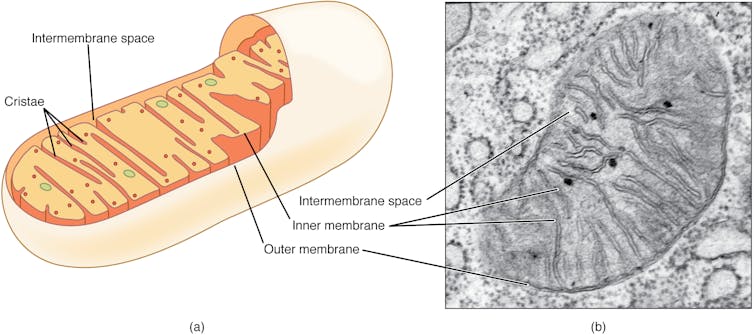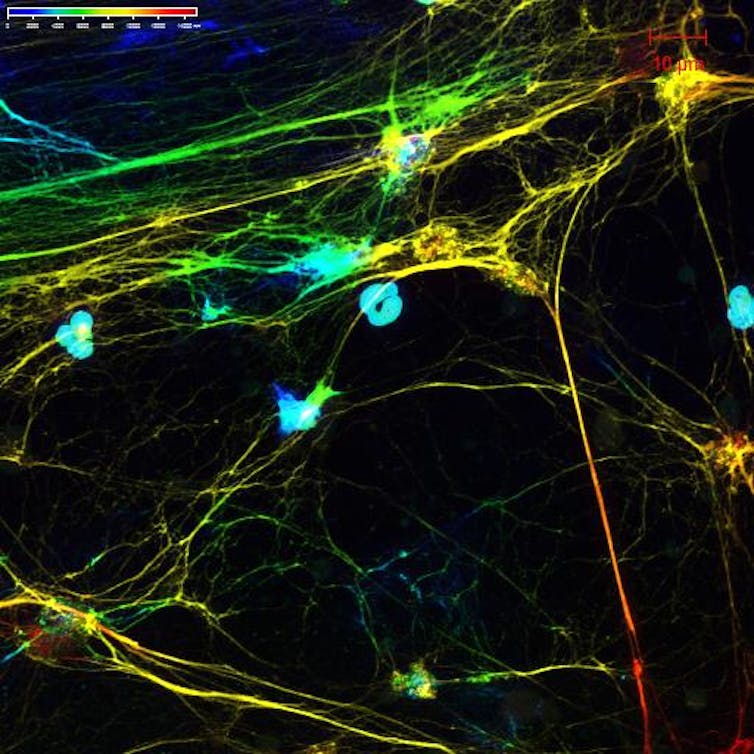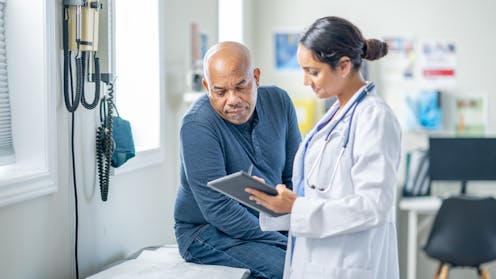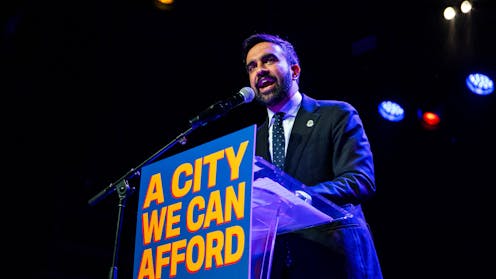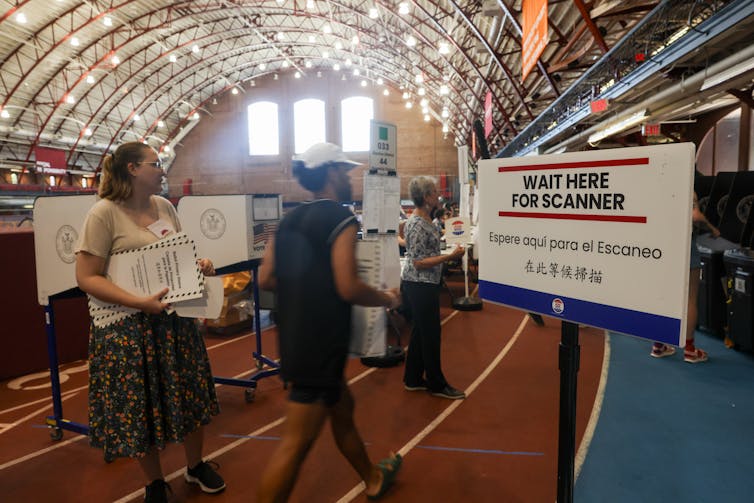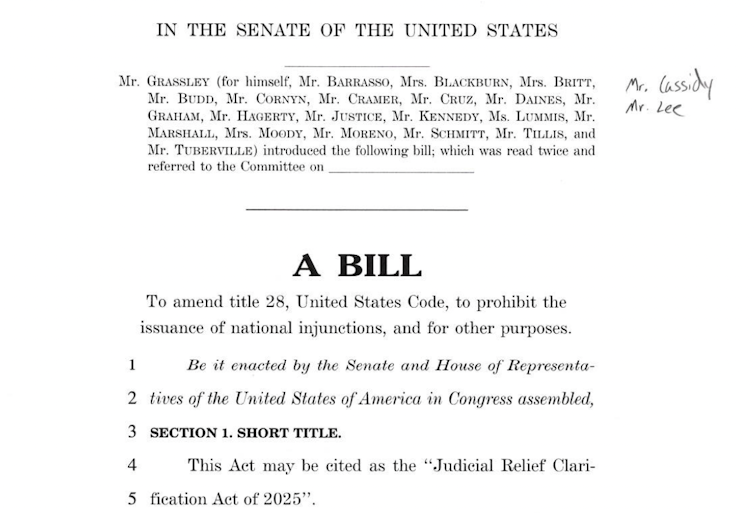Source: The Conversation – France – By Thomas André Prola, Profesor e investigador, Tecnologías en Educación – Universidad Europea del Atlántico, Universidad de Barcelona, Universitat de Barcelona
Sara, de 17 años, tenía cuentas en Instagram y en Facebook desde muy joven. Un adulto la contactó por las redes sociales y le propuso pagarla a cambio de fotografías y vídeos eróticos. Con el tiempo comenzó a gestionar sus perfiles.
Ella “se sentía como una estrella”. Empezaron a reconocerla por la calle, y se sentía valorada, hasta que las demandas de sus “seguidores” le hicieron sentir violentada. Actualmente padece depresión y trastorno bipolar.
El caso de Sara nos lo contó una educadora del centro centro residencial de protección de niños y adolescentes donde vivía, gestionado por una Fundación en convenio con la Generalitat de Catalunya, en el contexto de una investigación reciente. No se trata de un caso único entre los jóvenes (y especialmente, las jóvenes) que viven bajo tutela del estado en centros residenciales, y a quienes nadie enseña o prepara para moverse en redes sociales.
El reciente escándalo que ha sacudido a la Dirección General de Infancia y Adolescencia (DGAIA) de la Generalitat de Catalunya (con la revelación de una red de pederastia que logró contactar con niños y adolescentes residentes en centros tutelados) ha puesto sobre la mesa un problema estructural: el límite de la protección institucional frente a los riesgos del mundo digital.
En respuesta, la Generalitat ha anunciado la creación de una nueva Dirección General de Prevención y Protección a la Infancia y la Adolescencia. Pero la pregunta persiste: ¿basta con reorganizar políticamente la estructura para resolver lo que es, en el fondo, una grieta educativa, tecnológica y ética?
Vulnerabilidad mediática y autoexposición
En esta investigación doctoral, concluida en 2024, trabajé sobre el concepto de la vulnerabilidad mediática. No se trata simplemente de la exposición a contenidos nocivos o del mal uso de las redes sociales, sino de algo más profundo. Es la transferencia de una situación de vulnerabilidad social –la que atraviesan niños y adolescentes institucionalizados– al espacio digital, bajo la forma de una autoexposición que puede resultar dañina, incluso peligrosa, para su salud psíquica y física.
En Cataluña, más de 5 000 niños y adolescentes viven actualmente en centros residenciales de protección (17 000 en España). Estos espacios, pensados para ofrecer una vida lo más parecida posible a la familiar, funcionan bajo un criterio educativo llamado “normalización”. Es decir: los adolescentes deben poder vivir, estudiar, comunicarse y socializar como cualquier otro joven de su edad. Y esto incluye, naturalmente, el uso de redes sociales digitales.
Territorios de riesgo digital
Pero en la práctica, el acceso a las redes no siempre va acompañado de un marco educativo sólido. En ausencia de criterios claros o compartidos entre centros, muchos equipos optan por dejar que las y los jóvenes usen las redes como parte de su “vida normal” pero también porque permite la ilusión de sentirse igual a los demás. Lo que ocurre entonces es que esos espacios digitales, pensados como formas de conexión o expresión, se convierten también en territorios de riesgo. Y en ocasiones, de violencia.
Los adolescentes recurren a las redes para “ver y dejarse ver”. Para construir una identidad, buscar aprobación, integrarse en comunidades que les den un sentido de pertenencia. Buscan una identidad con la que presentarse ante una audiencia. Las plataformas digitales aparecen como un nuevo espacio de posibilidades, para la autopromoción fuera de la espiral de vulnerabilidad social. Al hacerlo sin acompañamiento ni formación crítica, y sin el acompañamiento más directo y personalizado de un adulto de referencia, se exponen a más riesgos.
Fragilidad y ausencia de vínculos: factores de riesgo
Esta exposición responde a una combinación de factores: la fragilidad emocional, la carencia de vínculos seguros, la búsqueda desesperada de afecto, la presión estética, la precariedad. La vulnerabilidad mediática, así entendida, es más que un riesgo: es una consecuencia directa del desamparo estructural. Y afecta de forma desigual. Las chicas, en especial, se encuentran en una situación de mayor peligro: aparecen las relaciones con hombres adultos, la prostitución digitalizada, como en el caso de Sara, y la exposición del cuerpo como moneda simbólica de valor.
Cinco dimensiones se revelan centrales para entender esta forma de vulnerabilidad: el entorno familiar previo, la salud mental, el tipo de acceso a la tecnología, el nivel de alfabetización mediática, y la red de contactos que se construye o hereda. Cuando estas dimensiones no se abordan, las redes sociales se convierten en espejos deformantes de una adolescencia ya herida.
Desigualdad estructural
Lo paradójico es que la normalización —el principio educativo que debería proteger— acaba siendo parte del problema. Porque si se asume que todos los adolescentes deben tener acceso igualitario a las redes, sin tener en cuenta que no todos parten de la misma base, se reproduce la desigualdad en el entorno digital. Se ofrece igualdad formal donde hay desigualdad estructural.
La institucionalización es, de por sí, una experiencia que marca influyendo en la subjetividad. Los jóvenes que crecen fuera del entorno familiar no solo arrastran estigmas sociales, sino que tienen menos oportunidades, menos redes de apoyo y menos acceso real a una ciudadanía plena. Si las redes sociales funcionan como una vía de escape simbólica, sin una guía crítica ni educativa, no estamos garantizando un derecho: estamos abriendo una puerta más a la precariedad.
Criterios comunes y protocolos de protección
Si el uso de las redes sociales debe formar parte de la educación de los niños y adolescentes de hoy, en el caso de los jóvenes en situación de riesgo es todavía más importante.
Si no intervenimos con responsabilidad y visión crítica, la labor de protección quedará incompleta: más allá de una mejor gestión política y más medios económicos, incorporar el concepto de vulnerabilidad mediática a las políticas públicas podría permitir establecer criterios pedagógicos comunes, formar a los equipos educativos en alfabetización digital, y crear protocolos de intervención.
Si no lo hacemos, las redes –esas que conectan, pero también atrapan– seguirán siendo un campo de juego desigual para quienes más cuidado necesitan.
![]()
Thomas André Prola no recibe salario, ni ejerce labores de consultoría, ni posee acciones, ni recibe financiación de ninguna compañía u organización que pueda obtener beneficio de este artículo, y ha declarado carecer de vínculos relevantes más allá del cargo académico citado.
– ref. ¿Quién enseña el uso de internet a los adolescentes tutelados? – https://theconversation.com/quien-ensena-el-uso-de-internet-a-los-adolescentes-tutelados-257935









